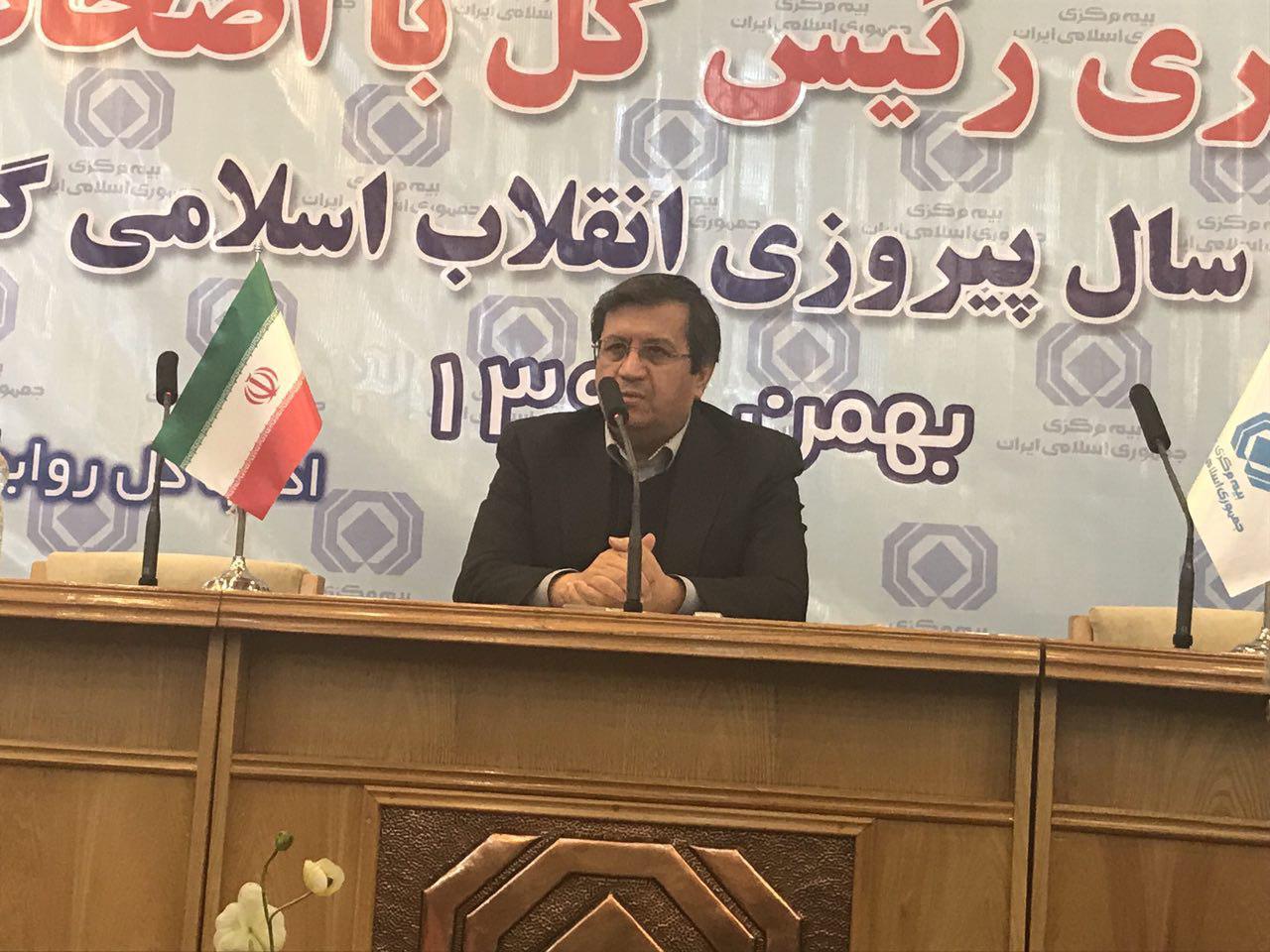The Iranian insurance industry issued 42.7 million insurance policies in the first nine months of the current fiscal year to Dec. 21, 2017, which indicate an increase of 20%, the head of the Central Insurance of Iran, the industry’s regulator, announced.
However, as Abdolnasser Hemmati noted in his press conference on Monday, the value of the money reimbursed to the insured as damages rose by 23% in a year marked by several high-profile catastrophes, natural and otherwise, the CII news portal reported.
“Bitter incidents happened in the country in the past year, which affected our people,” he said.
An inferno razed the decades-old business building called Plasco in downtown Tehran to the ground and the western province of Kermanshah was hit by a massive 7.2 magnitude earthquake, which were two of the year’s biggest losses that distressed Iranian thoughts and riveted world attention.
According to Hemmati, Iranian insurers have so far paid 800 billion rials ($17.55 million) in losses for those affected by the quake whereas the final figure is predicted to reach 1.7 trillion rials ($37.3 million).
The last such incident happened earlier this month when Sanchi, an Iranian oil tanker bound to South Korea collided with a ship in the East China Sea, in which 30 Iranians and two Bangladeshis onboard died.
Hemmati said on Monday Iranian insurers are responsible for covering 30% of the $32 million losses of the latest incident, noting that another Iranian insurer had provided life insurance coverage amounting to 1 billion rials ($21,950) for each Iranian crew member on that ship and will soon pay the compensations.
The CII chief, however, remains hopeful that as the 20% insurance policies led to the rise in insurance penetration ratio by 2.2%, it will continue to grow in the next fiscal year (starting March 21).
“In the first nine months of this year, 70% of all insurance policies were personal auto policies, health policies and life policies,” he announced, adding that life insurance policies have grown by 70% in the past two years.
The rise has meant that life insurance policies have increased their 7.8% share in Iran’s insurance portfolio five years ago to 13.8% last year while 2.5 million people bought life policies last year, bringing the total number of Iranians covered by life policies to 14.5 million.
Pointing to another major reason behind the low revenues of insurers, Hemmati said they gained 7 trillion rials ($) in revenues but paid close to 11 trillion rials ($) in payments to other entities such as law enforcement and Health Ministry, among others.
As the official said, executive guidelines for corporate governance in the insurance industry have been drafted and will be notified to insurers soon after their approval by the Securities and Exchange Organization.
According to Hemmati, insurers currently boast a total of 330 trillion rials ($7.23 billion) in reserves that will rise in the next fiscal year, as CII directs greater attention to evaluating their reserve adequacy.
The insurance industry has apparently dodged a major bullet as well. The government had included measures in its proposed budget bill for the fiscal 2018-19 aimed at disallowing a number of state-owned entities from gaining bank interests on their deposits.
Insurers had also become subject to the measure in a move that would drastically cut their already-embattled revenues. However, Hemmati has assured that in the latest corrections made by lawmakers, insurers have been exempted “as their resources belong to the people and they must put at least 30% of their resources as cash deposits in banks”.
In the press conference, the official also put the average age of insurance companies’ chief executives at 55 and said “in PAP, life and health insurances, the elimination of value-added tax is almost certain”.
Hemmati referred to the improvement of Iran’s risk rating by one notch to 5 from 6 with the Organization for Economic Cooperation and Development, and said the upgrade has materialized as a result of the country’s nuclear deal with world powers, improvements in the level and quality of foreign relations, internal security and higher assurances to foreign investors.
“The recent foreign finance deals show that capital entering Iran shows a rising trend,” he concluded.


